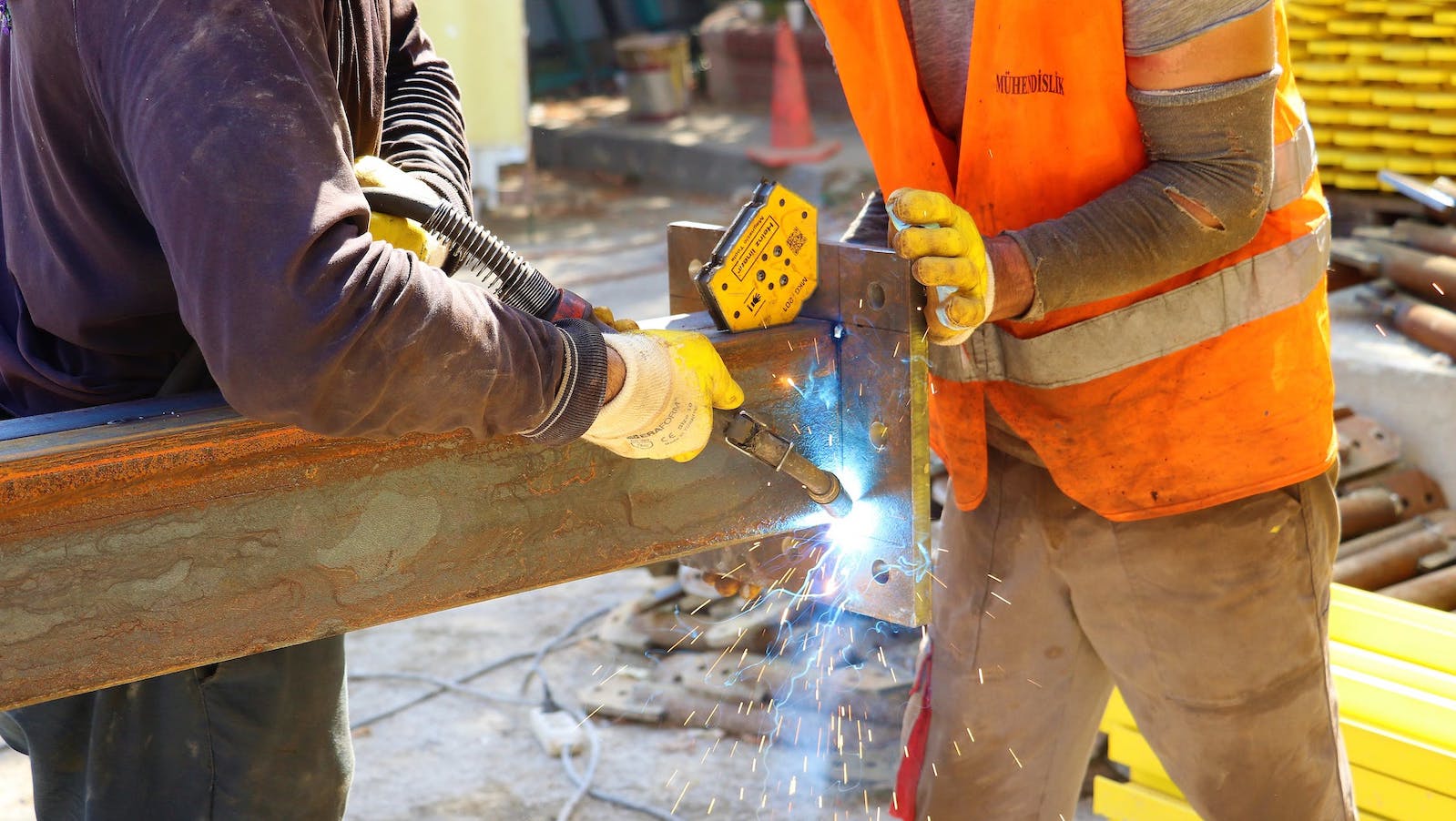There seems to be a common misconception that all workers’ compensation losses are flat to slightly improving. While that might be true for the frequency of smaller claims, it definitely is not the trend in the frequency and costs of large death and permanent total disability claims.
“Over the last three years, Safety National has seen frequency of severity like we have never seen before. This includes a 30% increase in claims with incurred over $10 million, along with a rise in claims with incurred of $5 million to $10 million,” said John Csik, president of Safety National. “Although these large claims are infrequent, when they do occur, the costs are high and continue to escalate. This is definitely a trend that should be on the radar of every broker and risk manager because, eventually, these costs impact premiums.”
Why Many Have Not Heard of This Trend
Bureaus such as NCCI and WCIRB focus their research on the first-dollar market, which is composed of a high percentage of small employers. These bureaus cap loss severity in their analysis and exclude claims that are open past 10 years. This approach does not accurately account for the long tail development and payout associated with catastrophic claims, which continue well past 10 years. In addition, self-insured employers that represent a significant percentage of the U.S. workforce, especially in segments such as public entities, hospitals, educational institutions and large employers, generally do not report loss information to the NCCI or state rate-making bureaus.
Cost Drivers Influencing This Trend
Significant advances and use of medical care and technology are increasing accident survivability and prolonging life expectancies for severely injured workers. These advances also considerably increase the quality of life and independence for injured workers.
Accident survivability for severely injured individuals has increased significantly due to better triage care on the scene, the use of air ambulances for rapid transportation to a hospital and the high-level care provided by level one trauma centers. People are surviving what used to be fatal injuries, but there are significant costs associated with this initial treatment.
Further, catastrophically injured individuals are living much longer. Medical science has advanced, preventing the complications that once led to reduced life expectancies in patients with severe burns or with quadriplegia. That means that a quadriplegic in their 20s could live 30 to 40 more years, requiring around-the-clock attendant care.
Another contributing factor is that the large cost drivers associated with catastrophic injury claims are often not covered by fee schedules. These drivers include extended ICU hospitalizations, extensive durable medical equipment, advanced state-of-the-art care and attendant care. The costs of these services are increasing at rates far greater than normal medical inflation. For example, attendant care rates have more than doubled over the past 10 years. How will these rates develop over the next 10 years?
Legislative expansion of benefits through various measures has also contributed to the increasing costs of severity on catastrophic claims, including cancer presumption laws in the public entity market. These laws establish a presumption that certain types of cancer contracted by first responders are the result of duty-related exposure. Varying by state, cancer benefits for first responders continue to expand, with changes ranging from the types of cancers that will be covered by workers’ compensation to the extension of filing periods. These claims often take time to develop and can have an extremely long tail. It is not uncommon to see a claim with an incurred well under the policy retention suddenly jump in value because of a recurrence of the cancer years after the original diagnosis. Because of the cancer presumptions, these losses are also showing up in workers’ compensation.
With all the advances in medical science in the last 10 years, it is very difficult to forecast what the standard of care will be for catastrophically injured workers in the future. However, it is likely that advances will continue and that costs associated with such claims will continue to rise.
See also: 20 Issues to Watch in 2023
Final Thoughts
The latest medical advances are improving the efficiency of claims management and the effectiveness of patient treatments in workers’ compensation. From enhanced neurological tests that assess brain trauma more rapidly to nanotechnology applications that target cancerous tumors more effectively, medical innovations are reshaping the future of claims management. Further, these incredible developments offer the ability to restore catastrophically injured workers in situations that would otherwise result in permanent disability or death, thus costing less in the long term.
As the industry faces rising costs, there are several measures that can contribute to cost reduction. Insurance carriers have incredible expertise and access to resources like predictive analytics and medical cost controls to assist with cost-cutting efforts. They can provide valuable insight into risk transfer, help improve safety practices and offer actionable reporting on claims trends. Excess carriers, in particular, routinely see the worst work injuries that result in larger and lengthier catastrophic claims and can serve as a considerable ally in the plan for the best claims outcomes.








